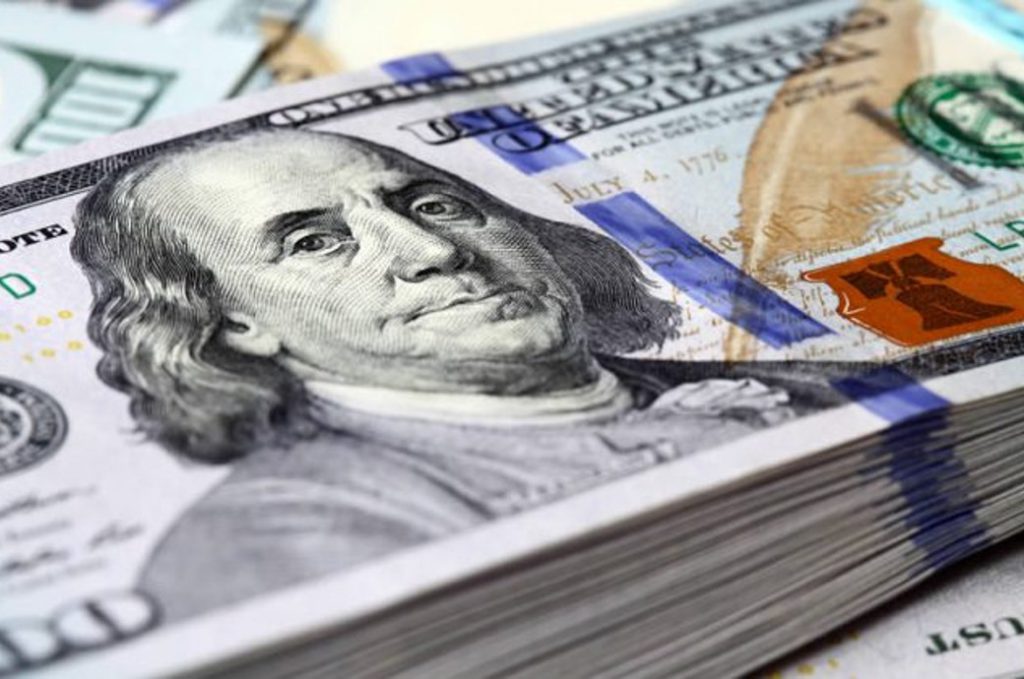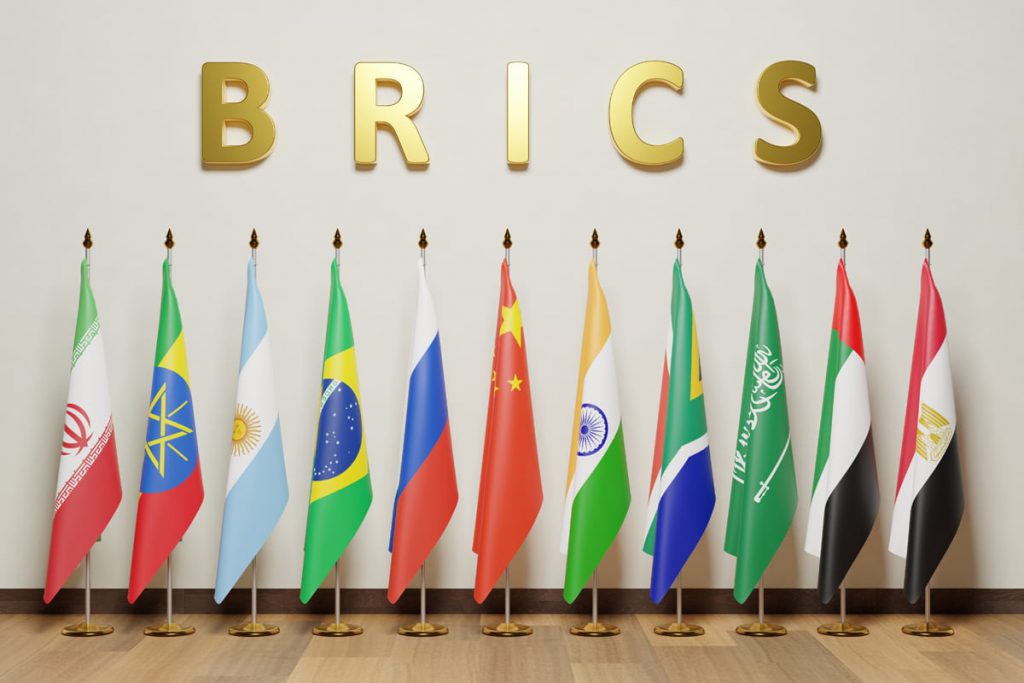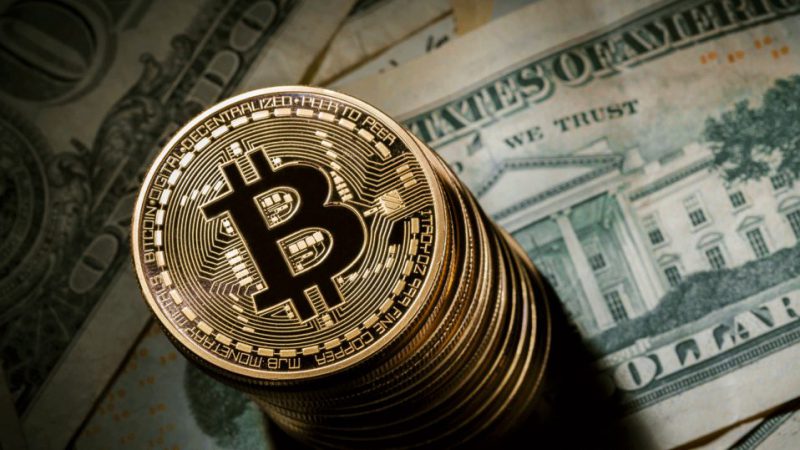Amid the BRICS’ impending creation of its own stablecoin, the US is reportedly coming after the digital asset in an effort to save the dollar. Specifically, the Lummis-Gillibrand Payment Stablecoin Act is seeking to combat the sector that lawmakers fear is having an adverse effect on the greenback.
Dante Disparte, the CEO of Circle told CNBC he was in favor of the impending stablecoin regulation. Specifically, he noted that connectivity with illicit activity is “bad for the US dollar” and hinders the currency.
Moreover, Commodity Futures Trading Commission former chairman Timothy Massady, recently published a paper asking if stablecoins undermine “the global dominance of the dollar,” and its leverage.


Also Read: Trump Unveils Plan To Crush BRICS, Boost US Dollar
US Turning Attention to Stablecoin Regulation to Save the Dollar?
The United States has recently unveiled its efforts to regulate the stablecoin industry in the country. The growing prevalence of digital assets over the last year has greatly informed these efforts. Moreover, so too has the overarching global transition regarding US dollar reverence.
Amid BRICS de-dollarization the US is coming after digital assets in order to save the dollar. Indeed, in a press release for the legislation, its creation is said to “promote US Dollar dominance while preserving the dual banking system.”
For many lawmakers, the presence of bad actors in the sector using stablecoins has led to legal action. However, it isn’t just a focus on bad actors, it’s a focus on dollar dominance. CEO of France’s Societe General-Forge, Jean-Marc- Stenger told Cointelegraph just as much.


Also Read: 7 BRICS Countries Predicted To Outperform US GDP In 2024
“All the conditions are in place to allow a move toward rebalancing euro versus dollar stablecoins in the long term,” Stenger said. However, it isn’t just Europe, it’s the overarching shift of global finance digitization. It’s about maintaining the status quo, thereby ensuring the dollar’s status will never shift.
One particular avenue of stablecoin regulation is to alter sanction evasion practices. Countries that have seen the US dollar weaponized against them have opted for stablecoins to protect their economic practices. One of the most poignant is Venezuela, which has recently done as much amid potential sanction violations.
Moreover, the BRICS alliance is working on the development of its own stablecoin. Its introduction, and the prominence that the bloc hopes for, could have a massive effect on the dollar. The legislative activity, therefore, appears less about protection from illicit activity, and more about ensuring the perception of the floundering greenback.





